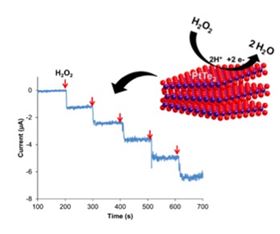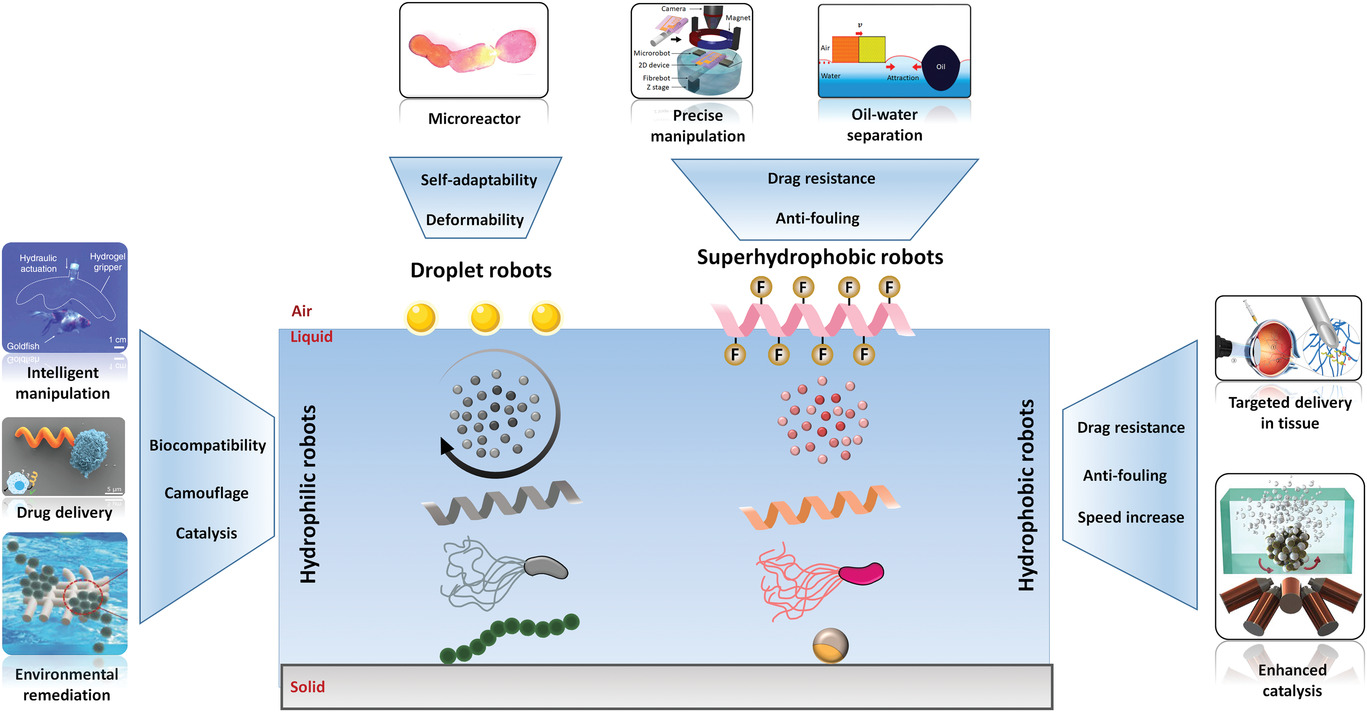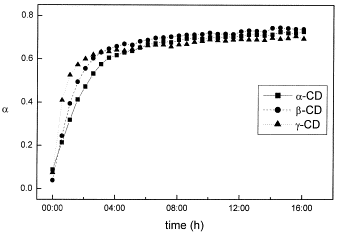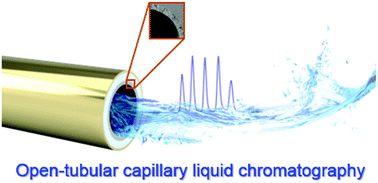paper archives
Stay hungry, stay foolish. You are as good as your last paper.
Signal Transducers and Enzyme Cofactors are Susceptible to Oxidation by Nanographite Impurities in Carbon Nanotube Materials
- Emma J. E. Stuart, Martin Pumera*

Carbon nanotubes (CNTs) are often employed in biofuel cells, artificial photosystems and bioelectronics in order to enhance electron transfer and to efficiently shuttle electrons between redox active molecules and the electrode surface. However, it should be noted that typical CNTs are highly heterogeneous materials, containing large amounts of impurities. Herein, we report the influence of nanographite impurities contained within CNTs upon the redox properties of signal transducers and enzyme cofactors that are vital for the functioning of biofuel cells, artificial leaves and bioelectronics as well as for the survival of living organisms. We investigate the susceptibility of tyrosine and tryptophan, amino acids involved in electron transfer and biorecognition reactions as well in the synthesis of neurotransmitters, in addition we also consider the susceptibility of the principal electron carrier beta-nicotinamide adenine dinucleotide. We conclude that nanographite impurities within CNTs are responsible for the "electrocatalytic" oxidation of NADH and two amino acids involved in signal transduction, tyrosine and tryptophan. Our findings are of high importance for both industrial and biomedical applications.










